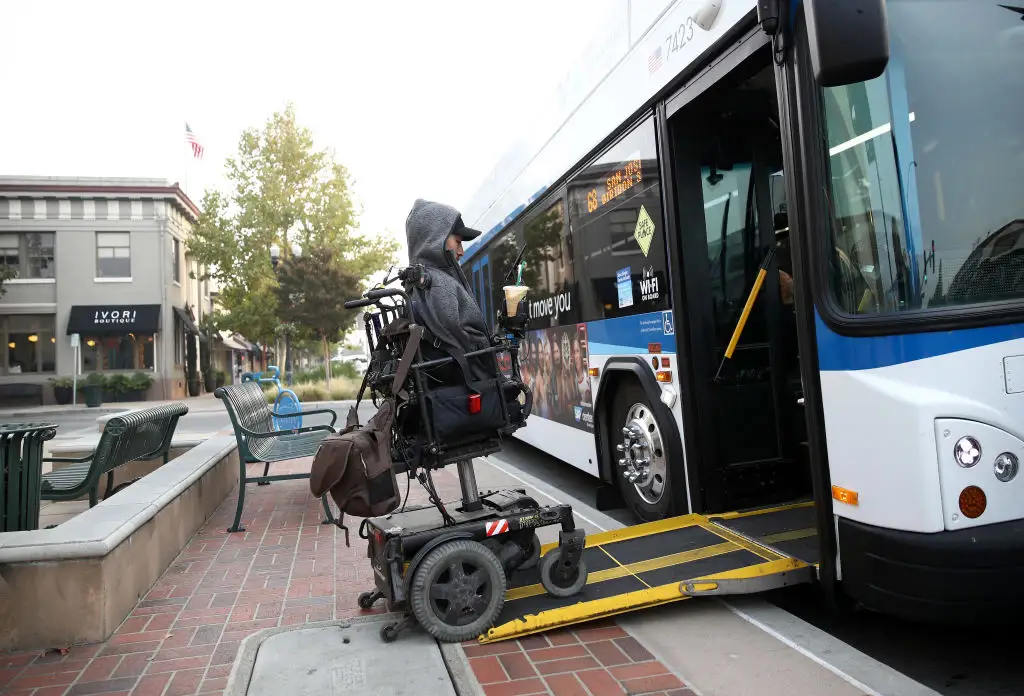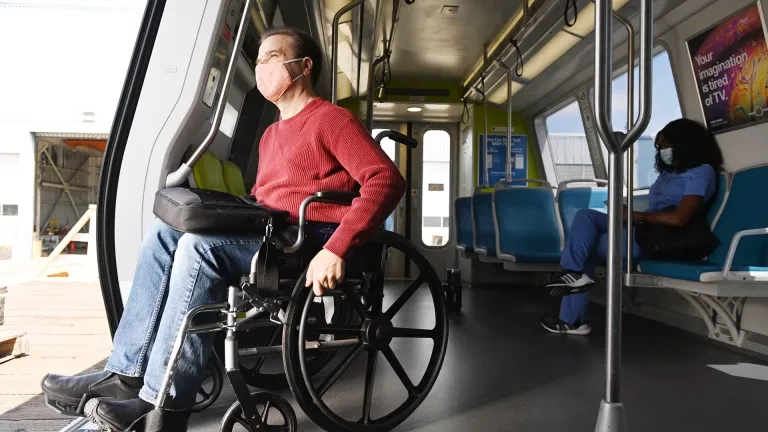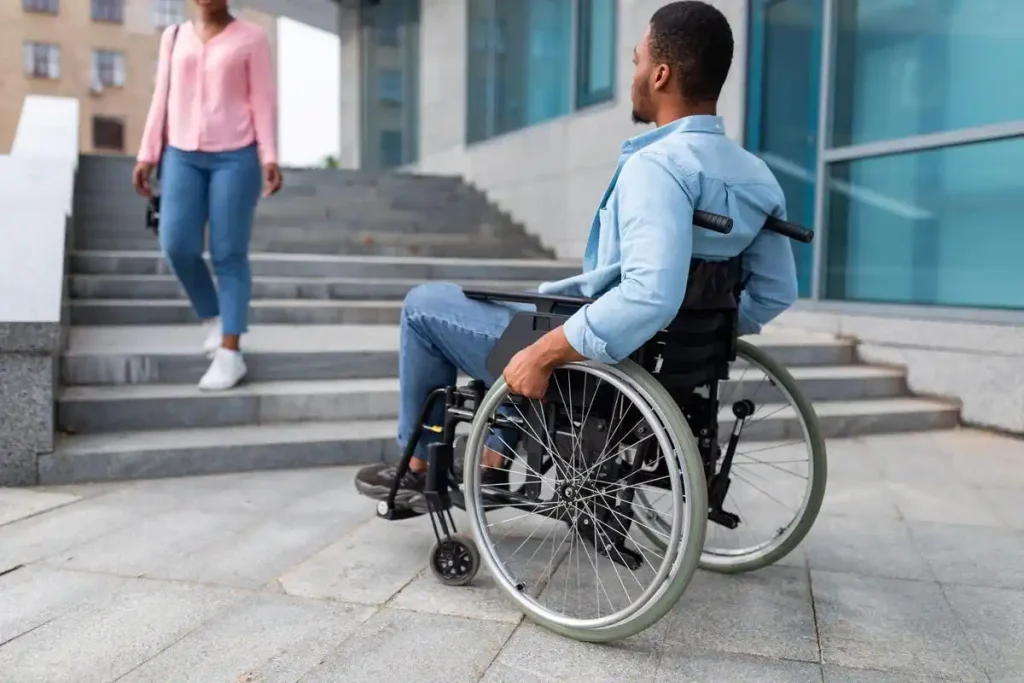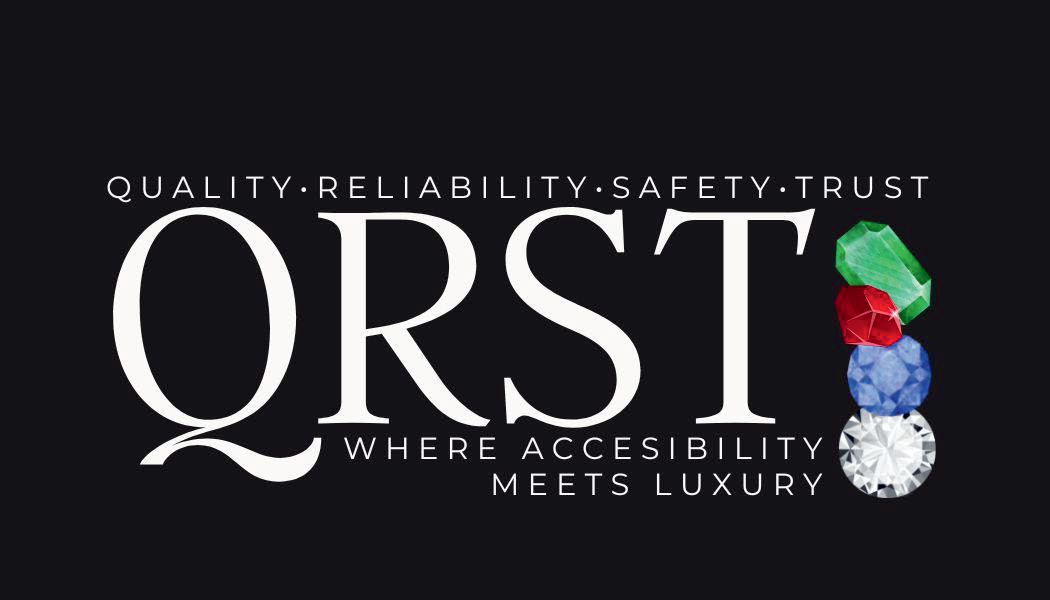In the bustling heart of Washington D.C., the landscape of wheelchair accessible transportation is evolving to champion inclusivity and convenience. As we stride into the future, the cityscape is witnessing a transformative surge in mobility solutions, ensuring seamless journeys for individuals with diverse mobility needs. From innovative ride-sharing services equipped with accessible vehicles to city infrastructure developments promoting universal accessibility, the nation’s capital is embracing a future where everyone can navigate the streets with ease. Join us on a journey through the upcoming trends in wheelchair-accessible transportation, as QRST Wheelchair Transportation explore the exciting avenues shaping a more accessible and interconnected Washington D.C.
Autonomous Accessibility:
Picture this: a Washington D.C. where accessibility meets autonomy. The future holds the promise of self-driving, wheelchair-accessible vehicles gracefully navigating the bustling streets, providing newfound independence for those with mobility challenges. Imagine rolling into a sleek, futuristic vehicle, programmed to understand the nuances of accessible routes, ensuring a smooth and reliable journey. Autonomous accessibility isn’t just a technological leap; it’s a game-changer for the wheelchair user, offering a blend of innovation and inclusivity. As the cityscape embraces the hum of self-driving technology, individuals with mobility challenges might find a renewed sense of freedom, ushering in an era where the wheels of progress lead to a more autonomous and accessible Washington D.C.

Innovative Mobility Apps:
Imagine a Washington D.C. where your smartphone becomes a key to an inclusive city adventure, not only through innovative mobility apps but also seamless integration with wheelchair transportation services. The future holds a wave of apps designed with wheelchair users in mind, offering real-time information on accessible routes and amenities, evolving into a digital companion for crowd-sourced reviews. Navigating the cityscape becomes a breeze, with personalized recommendations based on unique mobility needs, turning your phone into a passport for a more accessible Washington D.C.
Virtual Accessibility Assistance:
Picture a future in Washington D.C. where assistance is just a voice command away. With the rise of virtual assistants, the landscape of accessibility is on the brink of a transformation. Imagine seamlessly integrating virtual accessibility aides into your daily routine, offering on-the-go support for wheelchair users. Whether it’s finding the most accessible route, locating wheelchair-friendly facilities, or troubleshooting unexpected obstacles, these virtual assistants become your digital sidekick, enhancing independence and easing the challenges of navigating the city. In this evolving era of technology, the concept of virtual accessibility assistance not only envisions a more connected and empowered experience for wheelchair users but also paints a picture of a Washington D.C. where assistance is personalized, immediate, and as close as a spoken command.
Education and Awareness Campaigns:
- Community Dialogues: Imagine cozy neighborhood gatherings or virtual meet-ups where community members, including wheelchair users, share their experiences and challenges. These informal dialogues foster understanding and empathy, creating a ripple effect of awareness.
- Social Media Campaigns: Picture engaging social media campaigns that blend information with a touch of humor or heartwarming stories. Memes, short videos, and personal anecdotes could become powerful tools to spread awareness about the daily hurdles faced by wheelchair users in navigating the city.
- Accessible Event Hosting: Think of local events, perhaps organized by the city or community groups, specifically aimed at raising awareness. These events could include wheelchair accessibility challenges, simulations, and informative sessions to educate the public about the importance of inclusive urban planning.
- School Programs: Envision a curriculum that integrates lessons on accessibility and inclusivity from an early age. Schools could host interactive sessions or even field trips, allowing students to experience and understand the challenges faced by their peers with mobility needs.
- Collaboration with Local Businesses: Consider partnerships between local businesses and advocacy groups. This collaboration could involve businesses displaying information about accessibility features and challenges, fostering a culture of awareness among patrons.
- Public Service Announcements (PSAs): Picture short, impactful PSAs airing on local TV or radio stations. These could feature real stories of wheelchair users navigating the city, emphasizing the need for understanding and support from the broader community.
- Workplace Inclusivity Programs: Envision corporations and workplaces implementing programs that educate employees on the challenges faced by colleagues with mobility needs. This could include workshops, training sessions, or even accessible office simulations.
- Artistic Expressions: Imagine the city adorned with art that speaks volumes about accessibility. Murals, sculptures, or interactive installations could serve as visual reminders, sparking conversations and making the topic of accessibility an integral part of daily life.
- Citywide Accessible Tours: Consider city-sponsored accessible tours that not only showcase the historical and cultural richness of D.C. but also highlight the strides the city is making in terms of accessibility. These tours could be both informative and entertaining.
- Interactive Online Platforms: Picture online platforms or apps where users can actively participate in quizzes, games, or challenges that test their knowledge about accessibility. Gamifying education ensures a more engaging and memorable learning experience.
In the ever-evolving landscape of awareness and education in Washington D.C., these points paint a vivid picture of a city actively working towards a future where inclusivity is not just a goal but a shared value among its diverse inhabitants.

Enhanced Vehicle Customization:
Imagine a Washington D.C. where your ride isn’t just a mode of transport but a personalized haven, especially tailored for your comfort and needs, extending to the realm of wheelchair transportation for medical appointments. The future promises enhanced vehicle customization for wheelchair users, envision sleek, futuristic vehicles designed to seamlessly adapt to various types of wheelchairs. These vehicles transcend mere transportation, offering an immersive experience with adjustable seating, smart controls, and a dash of style – think of it as your own mobile sanctuary. The streets of D.C. become pathways of independence as these customized vehicles redefine what it means to travel for individuals with mobility challenges, ushering in a future where your ride is as unique as you are!
Interactive Accessibility Maps:
Picture navigating Washington D.C. with more than just a map – imagine an interactive guide that transforms your journey into a seamless, accessible adventure. The future holds the promise of interactive accessibility maps, where a tap on your smartphone unveils a world of real-time information. Imagine planning your route with the assurance of live updates on accessible pathways, complete with details on ramps, elevators, and barrier-free zones. These maps become your digital sidekick, ensuring that every twist and turn in the city is tailored to your unique mobility needs. It’s not just about directions; it’s about empowerment, independence, and the freedom to explore D.C. in a way that suits you best. Get ready for a future where every step, or roll, is guided by technology that puts accessibility at your fingertips.
Accessible Public Events:
Imagine a Washington D.C. where every public event is a celebration of inclusivity, and the benefits of Door-to-Door wheelchair transportation seamlessly complement the vibrancy of these gatherings. The future envisions a city where accessible public events become the norm, designed with inclusivity in mind, featuring wheelchair-friendly pathways and inclusive seating arrangements. These events transcend the main attraction; they’re about creating an environment where everyone feels welcome. Envision a Fourth of July celebration where fireworks illuminate the sky, with accessible viewing areas ensuring that everyone can revel in the patriotic spectacle. It’s not just an event; it’s a statement that in the heart of the nation’s capital, inclusivity takes center stage, making every public gathering a shared experience for all.
Government Incentives for Accessibility:
- Tax Breaks for Accessibility Upgrades: Imagine a future where businesses and property owners in Washington D.C. receive tax incentives for making their spaces more accessible. It’s not just about compliance; it’s a win-win situation where the government encourages and rewards efforts to enhance accessibility.
- Grants for Inclusive Initiatives: Picture a scenario where the city offers grants to organizations, both public and private, that spearhead initiatives promoting accessibility. These grants could fuel projects ranging from improved transportation options to the development of universally designed public spaces.
- Recognition Programs for Accessibility Champions: Envision a city that publicly acknowledges and celebrates businesses, venues, and organizations that go above and beyond in ensuring accessibility. Recognition programs could inspire a friendly competition, encouraging establishments to strive for inclusivity.
- Subsidies for Accessible Transportation Services: Think of a future where the government provides subsidies to transportation providers offering wheelchair-accessible services. This not only makes such services more economically viable but also encourages the expansion of accessible transportation options throughout the city.
- Incentives for Accessible Employment Practices: Picture a D.C. where businesses embracing accessible employment practices, like providing reasonable accommodations, receive incentives. It’s not just about diversity; it’s an acknowledgment that an inclusive workforce benefits both individuals with disabilities and the business community.
- Fast-Track Approvals for Accessibility Upgrades: Imagine a streamlined process for obtaining permits and approvals for accessibility-related renovations. The government could expedite these processes, reducing red tape and encouraging property owners to invest in making their spaces more inclusive.
- Partnerships with Accessibility Advocacy Groups: Envision collaborative efforts between the government and advocacy groups. These partnerships could result in joint initiatives, with the government providing financial support and resources to amplify the impact of accessibility advocacy efforts.
- Accessible Tourism Incentives: Picture a city that promotes accessible tourism by offering incentives to hotels, tour operators, and attractions that prioritize and invest in accessibility features. This not only boosts the tourism industry but also reinforces D.C.’s commitment to being an inclusive destination.
- Research Grants for Accessibility Innovations: Think of a future where the government allocates research grants to encourage the development of innovative technologies and solutions that enhance accessibility. These grants could fuel advancements in areas like smart infrastructure and assistive devices.
In the evolving landscape of Washington D.C., these government incentives aren’t just policies; they’re catalysts for a more accessible, inclusive, and forward-thinking city. It’s a vision where the government becomes a driving force in shaping a Washington D.C. that works for everyone.

Inclusive Tourism Initiatives:
Imagine a Washington D.C. where tourism isn’t just about seeing the sights but experiencing the city’s inclusivity at every turn, seamlessly complemented by accessible transportation for People with Spinal Cord Injuries. The future promises inclusive tourism initiatives that redefine the capital into a welcoming haven for visitors of all abilities, envision partnerships between tourist attractions, hotels, and transportation services dedicated to creating a seamless and accessible experience. From wheelchair-friendly pathways to sensory-friendly exhibits, these initiatives strive to make every aspect of a visitor’s journey enjoyable and accommodating. It’s not just about monuments and museums; it’s about crafting a narrative of inclusivity woven into the fabric of the city’s tourism industry. Think of D.C. not just as a destination but as an invitation – an invitation for everyone to explore, experience, and feel the warmth of a city that opens its arms wide to all who come to visit.
FAQ’s:
How wheelchair accessible is Washington DC?
Washington D.C. has made significant strides in wheelchair accessibility, with many public spaces, transportation options, and tourist attractions offering inclusive facilities, although challenges in some areas persist.
What is the DC transportation for disabled people?
Washington D.C. offers accessible transportation for disabled individuals, including MetroAccess paratransit services, wheelchair-accessible taxis, and an expanding fleet of accessible buses within the Metro system.
Is DC Metro wheelchair accessible?
Yes, the D.C. Metro system is wheelchair accessible, featuring elevators, ramps, and designated spaces on trains and buses to accommodate individuals with mobility challenges.
How wheelchair accessible is the US?
The accessibility of the United States for wheelchair users varies, with progress made in many areas, including public transportation, infrastructure, and public spaces, though challenges still exist in achieving universal accessibility.
What makes wheelchair accessible?
Wheelchair accessibility involves infrastructure and facilities designed to accommodate individuals with mobility challenges, including ramps, elevators, widened doorways, and designated spaces in transportation and public areas.
CONCLUSION:
In conclusion, the future of wheelchair accessible transportation in Washington D.C. is poised for a transformative journey marked by inclusivity, innovation, and community-driven initiatives. From autonomous accessibility and tech-driven solutions to collaborative partnerships and enhanced vehicle customization, the city is on a trajectory toward a more accessible and interconnected future. As the wheels of progress continue to turn, Washington D.C. is not just envisioning a city accessible to all but actively steering toward a landscape where mobility is a shared experience, ensuring that every resident, regardless of their mobility challenges, can navigate the cityscape with ease and independence.
